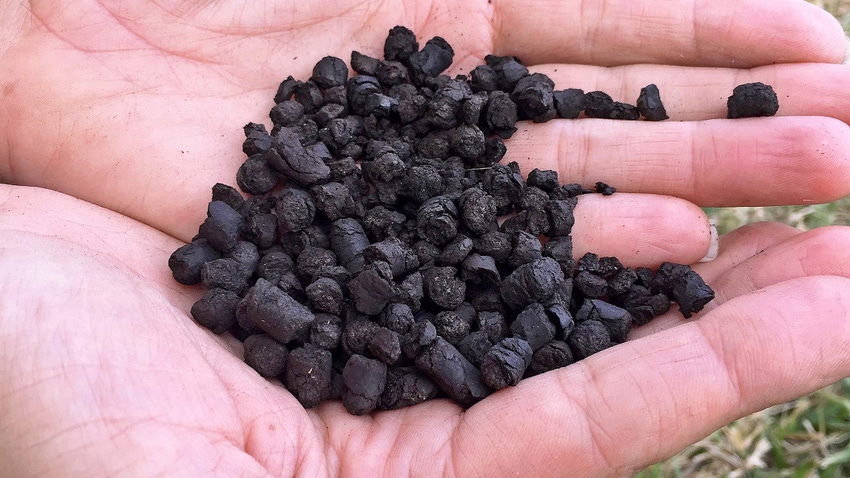March 14, 2024

A research team led by the University of Wyoming's Resham Thapa published an article assessing the effects of coal char as a soil amendment in Agronomy, a top-tier journal in the fields of agronomy and crop science.
The article, “An Assessment of Plant Growth and Soil Properties Using Coal Char and Biochar as a Soil Amendment,” was co-written by UW professor emeritus Peter Stahl; Roger Coupal, the community development specialist in the UW Department of Agricultural and Applied Economics; and Mohan Dangi, a professor in the Department of Geography and City and Regional Planning at California State University, Fresno.
The published results are the outcome of a three-year project in which field observations were carried out on the use of coal char and biochar as soil amendments in unirrigated semiarid rangeland soil to study their effects on soil properties and plant growth.
The authors discussed the potential of nutrient holding capacity of char materials used as soil amendment in the study.
‘Very pleased’
The study demonstrated that the use of coal char and biochar as soil amendments could increase soil organic carbon and cation exchange capacity in semiarid rangeland soil.
“We are very pleased by the results of this study,” said Thapa, a research professional at UW's School of Energy Resources. “Following initial testing in the lab, we knew that coal char and biochar have very similar properties, so we were very optimistic going into this field research that the coal char could perform as well as the more expensive biochar as a soil amendment.
"Over the course of three years, we were able to test that theory by comparing the application of both products on perennial dryland forage grasses while modifying and monitoring various conditions," he said. "We are very happy to report that the coal char product performed as well as the biochar under the same conditions.”
The field experiment was carried out during the 2018-2020 crop seasons at UW’s James C. Hageman Sustainable Agriculture Research and Extension Center in Lingle with mixed grasses, namely tall fescue, hybrid wheatgrass, pubescent wheatgrass, crested wheatgrass, and Russian wild rye.
The project is part of the carbon engineering initiative in SER’s Center for Carbon Capture and Conversion (CCCC). The CCCC is focused on supporting the future of Wyoming coal and creating non-energy and fuel uses that create economic development and diversification opportunities.
Coal heated
For the experiment, Powder River Basin coal was pyrolyzed—heated at very high temperatures without oxygen—to create coal char, which is porous in nature and has the capacity to prevent nutrient and moisture runoff in soil.
“Coal char, as a soil amendment, has the potential to create an entirely new product for the coal industry that is economic, environmentally friendly, continues to utilize high volumes of Wyoming coal and has the added benefit of helping the agricultural industry—particularly in dry climates,” CCCC Director Trina Pfeiffer said.
“We are very excited to see such favorable results from the studies of coal char on Wyoming crops over the last three years, and we are excited to continue to refine those studies to produce an optimal product that we can hopefully bring to the market.”
The article can be downloaded directly from the open-access journal, or a research brief summary along with other information on the project can be found on the CCCC website.
Source: University of Wyoming
You May Also Like




